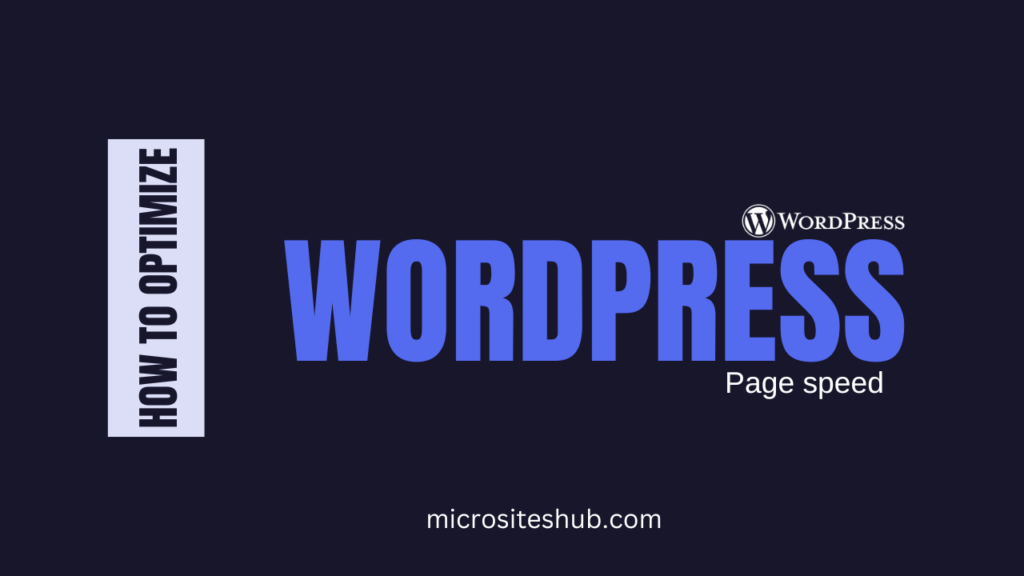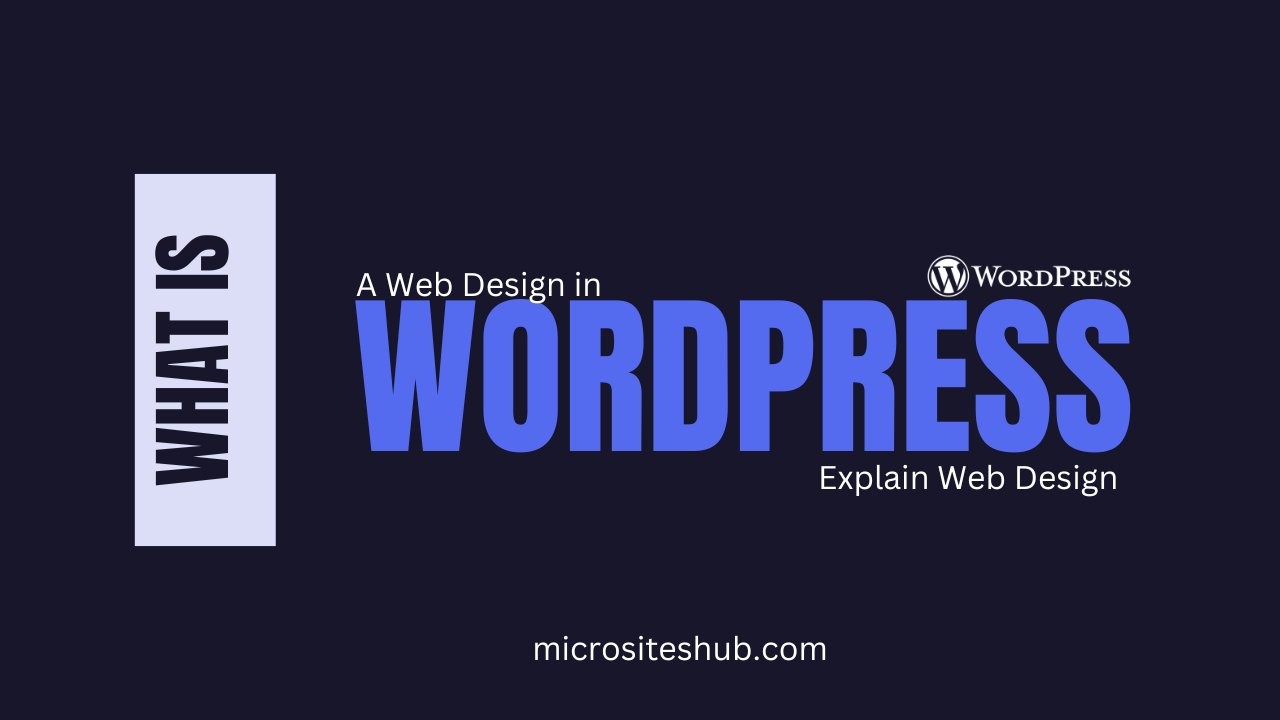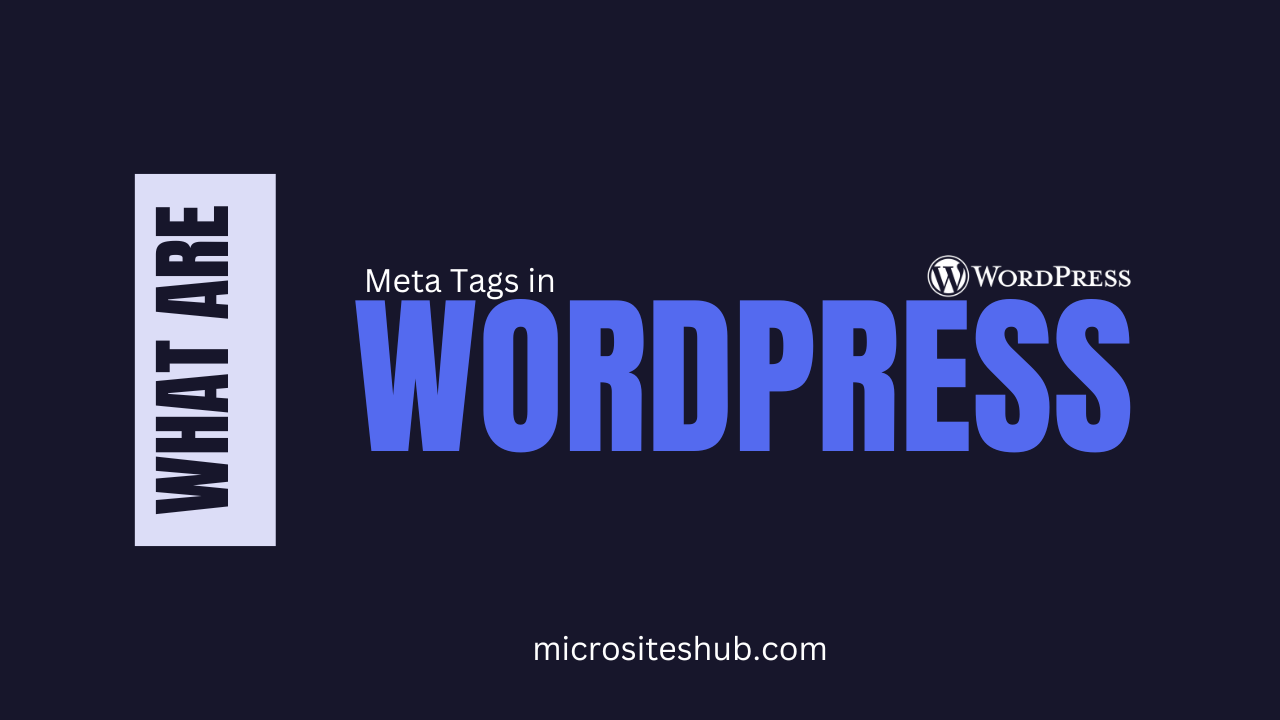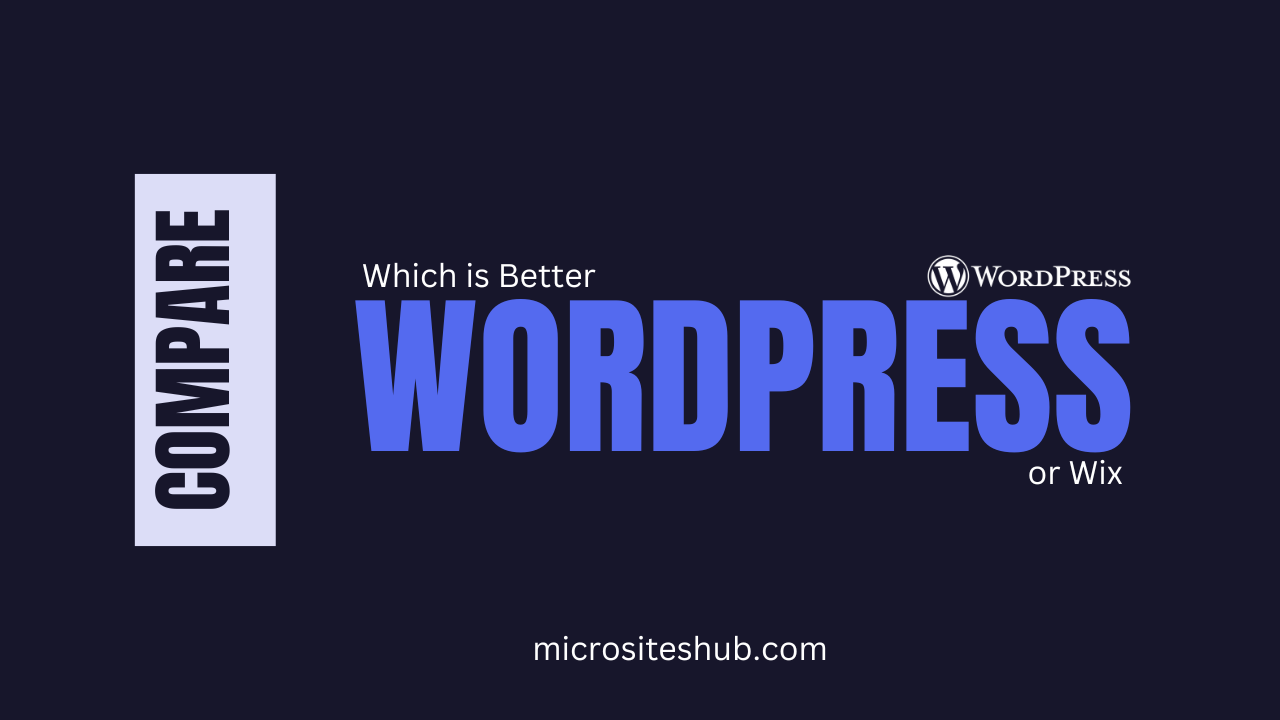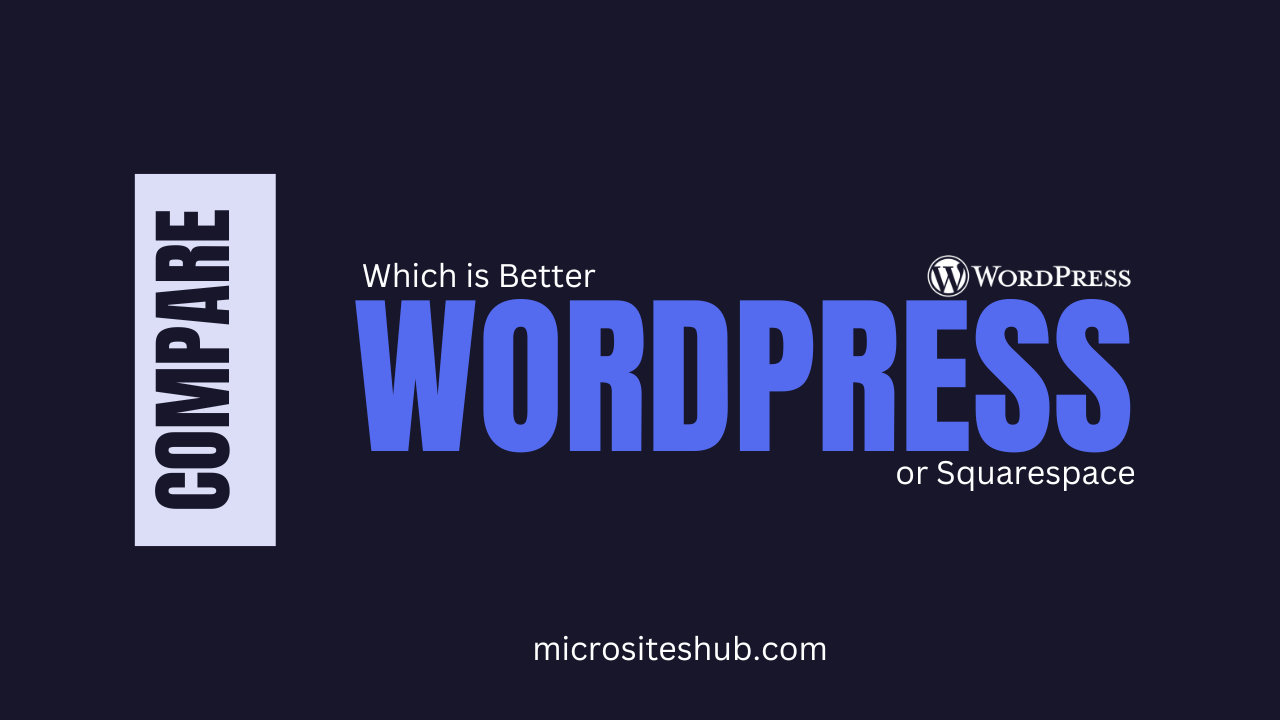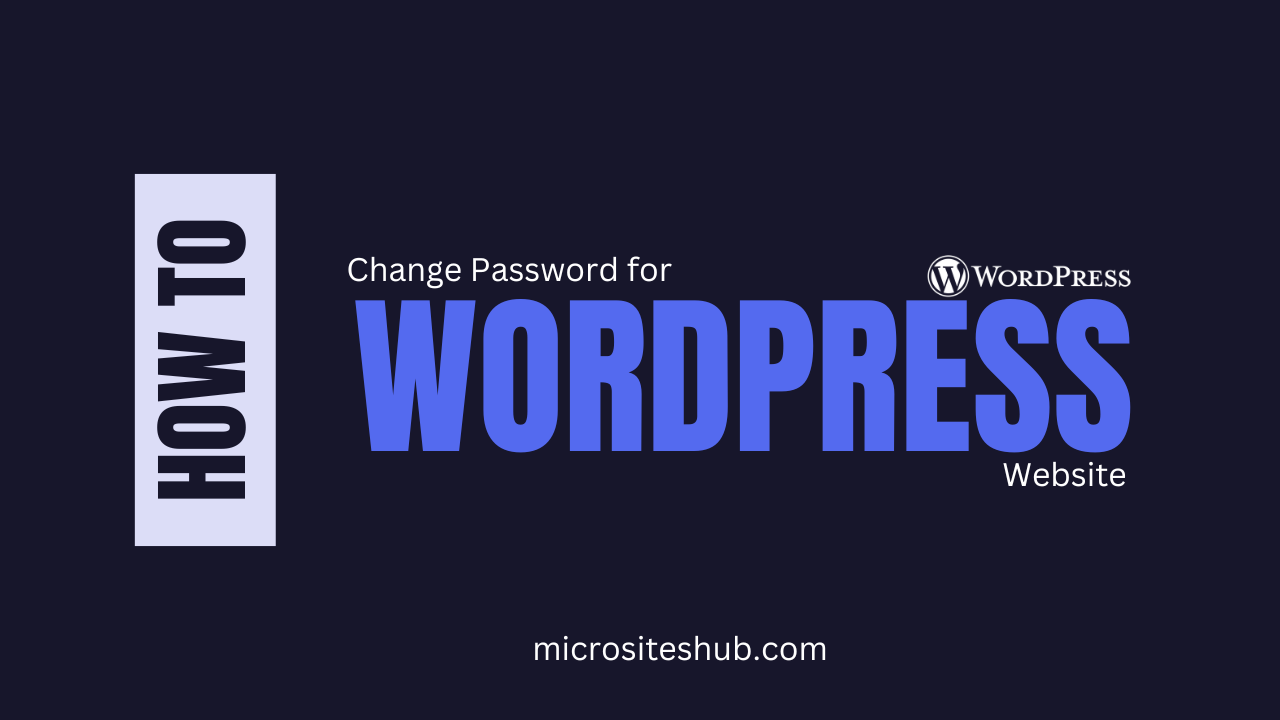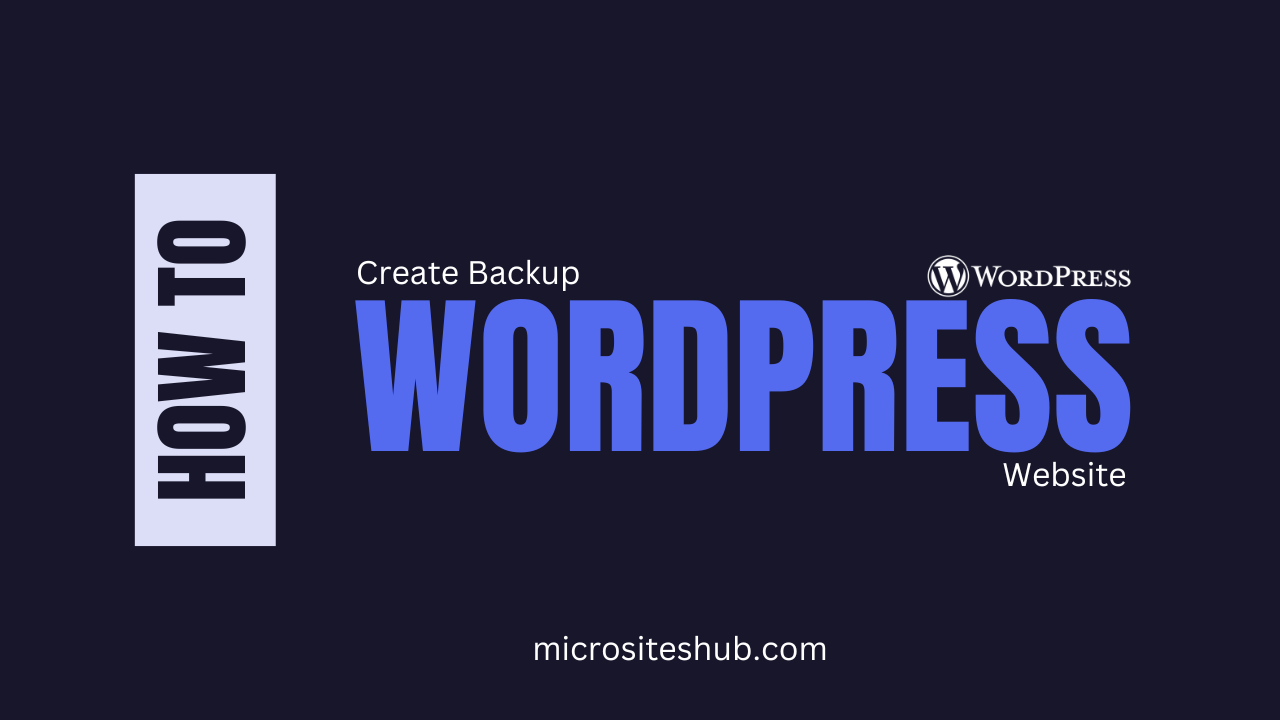People who work on or own websites will love Google PageSpeed Insights (PSI).
It looks at your web pages to see how fast and simple they are to use and gives you ideas on how to improve them.
It can be hard to get a perfect score of 100, but learning the tool and doing what it says will make user experience and SEO much better.
Understanding Google PageSpeed Insights
PSI provides two main scores:
- Performance: This score is based on data from a lab test that mimicked how pages load in a controlled setting. Time to Interactive (TTI), Total Blocking Time (TBT), Cumulative Layout Shift (CLS), and First Contentful Paint (FCP) are some of the things this tool shows you.
- Chances: This is a list of exact things that can be done to make things better.
- For example, you can make images, CSS, and JavaScript smaller and turn on browser caching.
- You can find out more about how well your page works here, like how long it takes for resources to load and where the problems might be.
Key Metrics Explained
- The screen will show the first word or picture for a certain amount of time after you press the “FCP” button.
- This is what LCP stands for: “Largest Contentful Paint.” This feature checks how long it takes for the biggest piece of content, like a picture or block of text, to show up.
- Rate of Speed: This number tells you how fast you can see what’s on the page.
- You can use this number to find out how long it takes for the page to fully connect with you.
- In the time between FCP and TTI, the main thread is stopped for long enough that it can’t react to input. This is called total blocking time (TBT).
- As the page loads, Cumulative Layout Shift (CLS) keeps track of how many times different parts of the page move around. This shows how stable the page looks.
Achieving a 100 Score: A Comprehensive Guide
You don’t have to get an A+ every time, but you’ll stick to the rules more often if you do.
Here’s a list of the most important places to improve:
1. Optimize Images
- Size photos Correctly: Make sure that the photos you serve are the right size. Do not make browsers shrink down big pictures.
- Cut down on the size of your pictures without losing much quality with tools like TinyPNG or ImageOptim.
- For Next-Gen forms, serve pictures in WebP, AVIF, or JPEG 2000 format. These forms compress images better than older ones like JPEG and PNG.
- Lazy Load pictures: Don’t load pictures that aren’t on the screen until you need them.
2. Minify and Compress Code
- Minify CSS and JavaScript: To make files smaller, get rid of characters that aren’t needed, like whitespace and notes.
- Enable compression on your server to make text-based files smaller. You can use Gzip or Brotli to do this.
3. Eliminate Render-Blocking Resources
- Defer Non-Critical CSS: For material above the fold, you need inline critical CSS. Load the rest later.
- JavaScript that isn’t needed right now should be moved to the end of the body or the async or defer properties should be used.
4. Leverage Browser Caching
- Set the Correct Cache Headers: Make sure your server tells browsers how long to store static files.
5. Reduce Server Response Times (TTFB)
- Pick a Good Host: Pick a host that is fast and good at communicating.
- Use an information Delivery Network (CDN) to spread your information across many servers and cut down on latency.
- Optimize Your Server Configuration: Make sure that your server is set up correctly so that it works well.
6. Minimize Main-Thread Work
- Cut down on the time it takes to run JavaScript: make your JavaScript code run quickly.
- Avoid Long jobs: To keep the main thread from getting stuck, break up jobs that take a long time into smaller ones.
7. Other Important Optimizations
- Avoid Multiple Page Redirects: Redirects add extra HTTP calls, so use them as little as possible.
- Preconnect to Required Origins: Connect to important third-party sites early on.
- Utilize HTTP/2 or HTTP/3 instead of HTTP/1.1. These more recent methods are much faster.
Tools to Help
- Module bundlers like Webpack, Parcel, and Rollup can help split code, make it smaller, and do other improvements.
- Lighthouse: Like PSI, this automated tool, which is built into Chrome DevTools, does speed audits.
- WebPageTest: This tool gives you a more in-depth report with charts and graphs like flow charts and filmstrips.
Conclusion
Making a website faster is an ongoing task.
A score of 100 on Google PageSpeed Insights is a great goal, but you should really focus on making changes that make the user experience better.
By following the above suggestions and knowing what the tool says, you can greatly enhance your website’s performance and give your visitors a better experience.







